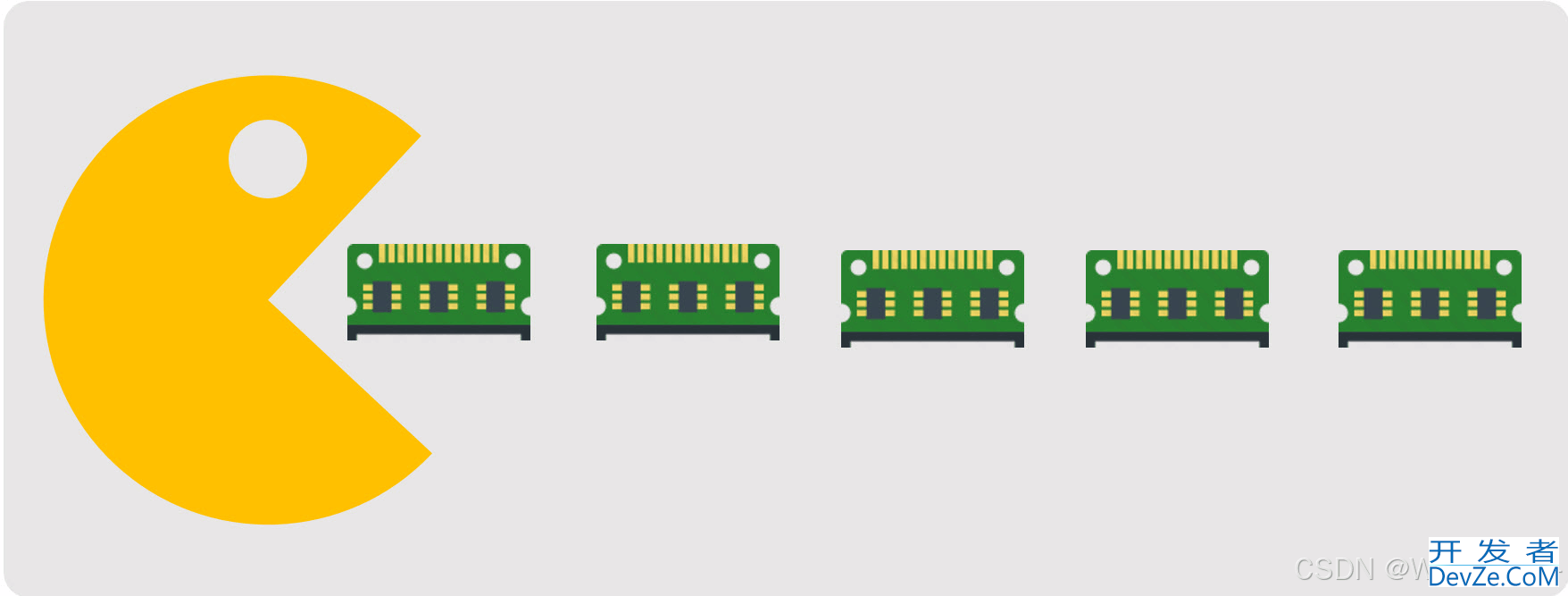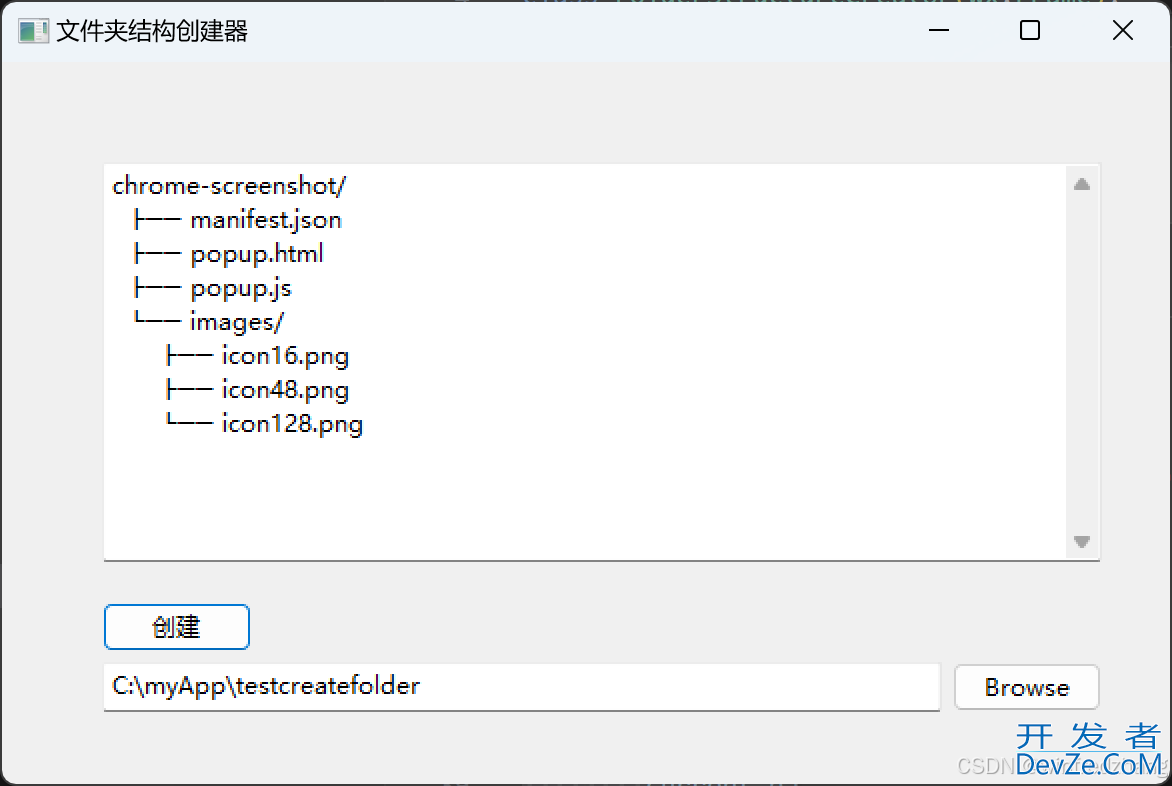目录
- 一、概念与结构
- 二、基本操作的实现
- 1.创建结点
- 2.初始化链表
- 3.打印链表
- 4.尾插
- 5.尾删
- 6.头插
- 7.头删
- 8.查找某个数并返回其指针
- 9.在某个位置之前插入
- 10.删除某个位置
- 11.判断链表是否为空
- 12.计算链表中js有效值的个数
- 13.销毁链表
- 三、测试代码
一、概念与结构
无头单向非循环链表结构简单,一般不会单独用来存数据。实际中更多的是作为其他数据结构的子结构,如哈希桶、图的邻接表等等。而带头双向循环链表的结构较为复杂,一般用在单独存储数据。实际中使用的链表数据结构,都是带头双向循环链表,虽然它的结构复杂但是因为结构优势用代码实现起来会变得简单。

二、基本操作的实现
1.创建结点
LTNode* BuyListNode(ListDataType x)
{
LTNode* newnode = (LTNode*)malloc(sizeof(LTNode));
if (newnode == NULL)
{
perror("malloc");
exit(-1);
}
newnode->val = x;
newnode->prev = NULL;
newnode->next = NULL;
return newnode;
}
2.初始化链表
void ListInit(LTNode** pphead)//初始化
{
*pphead = (LTNode*)malloc(sizeof(LTNode));
*pphead = BuyListNode(-1);
(*pphead)->next = *pphead;
(*pphead)->prev = *pphead;
}
//LTNode* ListInit()//初始化
//{
// LTNode* phead = BuyListNode(-1);//初始化时将头结点置为-1;
// phead->next = phead;
// phead->prev = phead;
// return phead;
//}
初始化链表有两种方式,一种是有返回类型(注释部分),另一种是在初始化函数中给结构体开辟空间(不过注意参数要为二级指针)。因为是带头结点的循环链表,所以prev和next指针都指向自己。
3.打印链表
void ListPrint(LTNode* phead)//打印
{
assert(phead);
LTNode* cur = phead->next;
while (cur != phead)
{
printf("%d ", cur->val);
python cur = cur->next;
}
printf("\n");
}
注意while循环的结束条件,保证能够打印链表中的所有有效值。要对头结点进行assert判断,不能为空。
4.尾插
void ListPushBack(LTNode* phead, ListDataType x)//尾插
{
assert(phead);
LTNode* newnode = BuyListNode(x);
LTNode* tail = phead->prev;
newnode->next = tail->next;
phead->prev = newnode;
newnode->prev = tail;
tail->next = newnode;
//ListInsert(phead, x);
}
5.尾删
void ListPopBack(LTNode* phead)//尾删
{
assert(phead);
assert(phead->next != phead);
LTNode* prevnode = phead->prev;
prevnode->prev->next = phead;
phead->prev = prevnode->prev;
free(prevnode);
//ListErase(phead->prev);
}
尾删时要注意判断phead->next != phead,不能删除头结点,同时记得要free(prevnode)释放删除后的空间。
6.头插
void ListPushFront(LTNode* phead, ListDataType x)//头插
{
assert(phead);
LTNode* tail = phead->next;
LTNode* newnode = BuyListNode(x);
tail->prev = newnode;
newnode->next = tail;
newnode->prev = phead;
phead->next = newnode;
//ListInsert(phead->next,x);
}
7.头删
void ListPopFront(LTNode* phead)//头删
{
assert(phead);
assert(phead->next != phead);
LTNode* tail = phead->next;
phead->next = tail->next;
tail->next->prev = phead;
//ListErase(phead->next);
}
8.查找某个数并返回其指针
LTNode* ListFind(LTNode* phead, ListDataType x)//找某个数返回其指针
{
assert(phead);
LTNode* cur = phead->next;
while (cur != phead)
{
if (cur->val == x)
{
return cur;
}
cur = cur->next;
}
return NULL;
}
9.在某个位置之前插入
void ListInsert(LTNode* pos, ListDataType x)//在pos之前插入
{
assert(pos);
LTNode* newnode = BuyListNode(x);
LTNode* tail = pos->prev;
tail->next = newnode;
newnode->prev = tail;
newnode->next = pos;
pos->prev = newnode;
}
10.删除某个位置
void ListErase(LTNode* pos)//删除pos位置
{
assert(pos);
LTNode* prevnode = pos->prev;
LTNode* nextnode = pos->next;
free(pos);
prevnode->next = nextnode;
nextnode->prev = prevnode;
/*pos->next->prev = pos->prev;
pos->prev->next = pos->next;
free(pos);*/
}
11.判断链表是否为空
boo编程客栈l ListEmpty(LTNode* phead)//判断是否为空,如果是空,返回true
{
assert(phead);
return phead->next == phead;
}
12.计算链表中有效值的个数
size_t ListSize(LTNode* phead)//计算链表中有效值的个数
{
assert(phead);
size_t size = 0;
LTNode* tail = phead->next;
while (tail != phead)
{
size++;
tail = tail->next;
}
return size;
}
13.销毁链表
void ListDestroy(LTNode* phead)//销毁链表
{
assert(phead);
LTNode* tail = phead->next;
while (tail != phead)
{
LTNode* nextnode = tail->next;
free(tail);
tail = nextnode;
}
free(phead);
}
销毁链表时要注意要保证每个结点都释放,同时最后也要将头结点释放free(phead)。
三、测试代码
#define _CRT_SECURE_NO_WARNINGS 1
#include <stdio.h>
#include <stdlib.h>
#include <stdbool.h>
#include <assert.h>
typedef int ListDataType;
typedef struct ListNode {
ListDataType val;
struct ListNode* prev;
struct ListNode* next;
}LTNode;
LTNode* BuyListNode(ListDataType x)
{
LTNode* newnode = (LTNode*)malloc(sizeof(LTNode));
if (newnode == NULL)
{
perror("malloc");
exit(-1);
}
newnode->val = x;
newnode->prev = NULL;
newnode->next = NULL;
return newnode;
}
void ListInit(LTNode** pphead)//初始化
{
*pphead = (LTNode*)malloc(sizeof(LTNode));
*pphead = BuyListNode(-1);
(*pphead)->next = *pphead;开发者_JAVA开发
(*pphead)->prev = *pphead;
}
//LTNode* ListInit()//初始化
//{
// LTNode* phead = BuyListNode(-1);//初始化时将头结点置为-1;
// phead->next = phead;
// phead->prev = phead;
// return phead;
//}
void ListPrint(LTNode* phead)//打印
{
assert(phead);
LTNode* cur = phead->next;
while (cur != phead)
{
printf("%d ", cur->val);
cur = cur->next;
}
printf("\n");
}
void ListPushBack(LTNode* phead, ListDataType x)//尾插
{
assert(phead);
LTNode* newnode = BuyListNode(x);
LTNode* tail = phead->prev;
newnode->next = tail->next;
phead->prev = newnode;
newnode->prev = tail;
tail->next = newnode;
//ListInsert(phead, x);
}
void ListPopBack(LTNode* phead)//尾删
{
assert(phead);
assert(phead->next != phead);
LTNode* prevnode = phead->prev;
prevnode->prev->next = phead;
phead->prev = prevnode->prev;
free(prevnode);
//ListErase(phead->prev);
}
void ListPushFront(LTNode* phead, ListDataType x)//头插
{
assert(phead);
LTNode* tail = phead->next;
LTNode* newnode = BuyListNode(x);
tail->prev = newnode;
newnode->next = tail;
newnode->prev = phead;
phead->next = newnode;
//ListInsert(phead->next,x);
}
void ListPopFront(LTNode* phead)//头删
{
assert(phead);
assert(phead->next != phead);
LTNode* tail = phead->next;
phead->next = tail->next;
tail->next->prev = phead;
//ListErase(phead->next);
}
LTNode* ListFind(LTNode* phead, ListDataType x)//找某个数返回其指针
{
assert(phead);
LTNode* cur = phead->next;
while (cur != phead)
{
if (cur->val == x)
{
return cur;
}
cur = cur->next;
}
return NULL;
}
void ListInsert(LTNode* pos, ListDataType x)//在pos之前插入
{
assert(pos);
LTNode* newnode = BuyListNode(x);
LTNode* tail = pos->prev;
tail->next = newnode;
newnode->prev = tail;
newnode->next = pos;
pos->prev = newnode;
}
void ListErase(LTNode* pos)//删除pos位置
{
assert(pos);
LTNode* prevnode = pos->prev;
LTNode* nextnode = pos->next;
free(pos);
prevnode->next = nextnode;
nextnode->prev = prevnode;
/*pos->next->prev = pos->prev;
pos->prev->next = pos->next;
free(pos);*/
}
bool ListEmpty(LTNode* phead)//判断是否为空,如果是空,返回true
{
assert(phead);
return phead->next == phead;
}
size_t ListSize(LTNode* phead)//计算链表中有效值的个数
{
assert(phead);
size_t size = 0;
LTNode* tail = phead->next;
while (tail != phead)
{
size++;
tail = tail->next;
}
return size;
}
void ListDestroy(LTNode* phead)//销毁链表
{
assert(phead);
LTNode* tail = phead->next;
while (tail != phead)
{
LTNode* nextnode = tail->next;
free(tail);
tail = nextnode;
}
free(phead);
}
void TestList()
{
//LTNode* plist = ListInit(&plist);
LTNode* plist = NULL;
ListInit(&plist);
ListPushBack(plist, 100);
ListPushBack(plist, 200);
ListPushBack(androidplist, 300);
ListPushBack(plist编程客栈, 400);
ListPushBack(plist, 500);
ListPopBack(plist);
ListPopBack(plist);
ListPopBack(plist);
ListPrint(plist);
ListPushFront(plist, 1000);
ListPushFront(plist, 2000);
ListPushFront(plist, 3000);
ListPopFront(plist);
ListPopFront(plist);
ListPrint(plist);
LTNode* pos = ListFind(plist, 1000);
if (pos != NULL)
{
ListInsert(pos, 500);
ListErase(pos);
}
ListPrint(plist);
if (!ListEmpty(plist))
printf("%d\n", ListSize(plist));
}
int main()
{
TestList();
return 0;
}
以上就是C语言中带头双向循环链表基本操作的实现详解的详细内容,更多关于C语言 带头双向循环链表的资料请关注我们其它相关文章!









 加载中,请稍侯......
加载中,请稍侯......
精彩评论